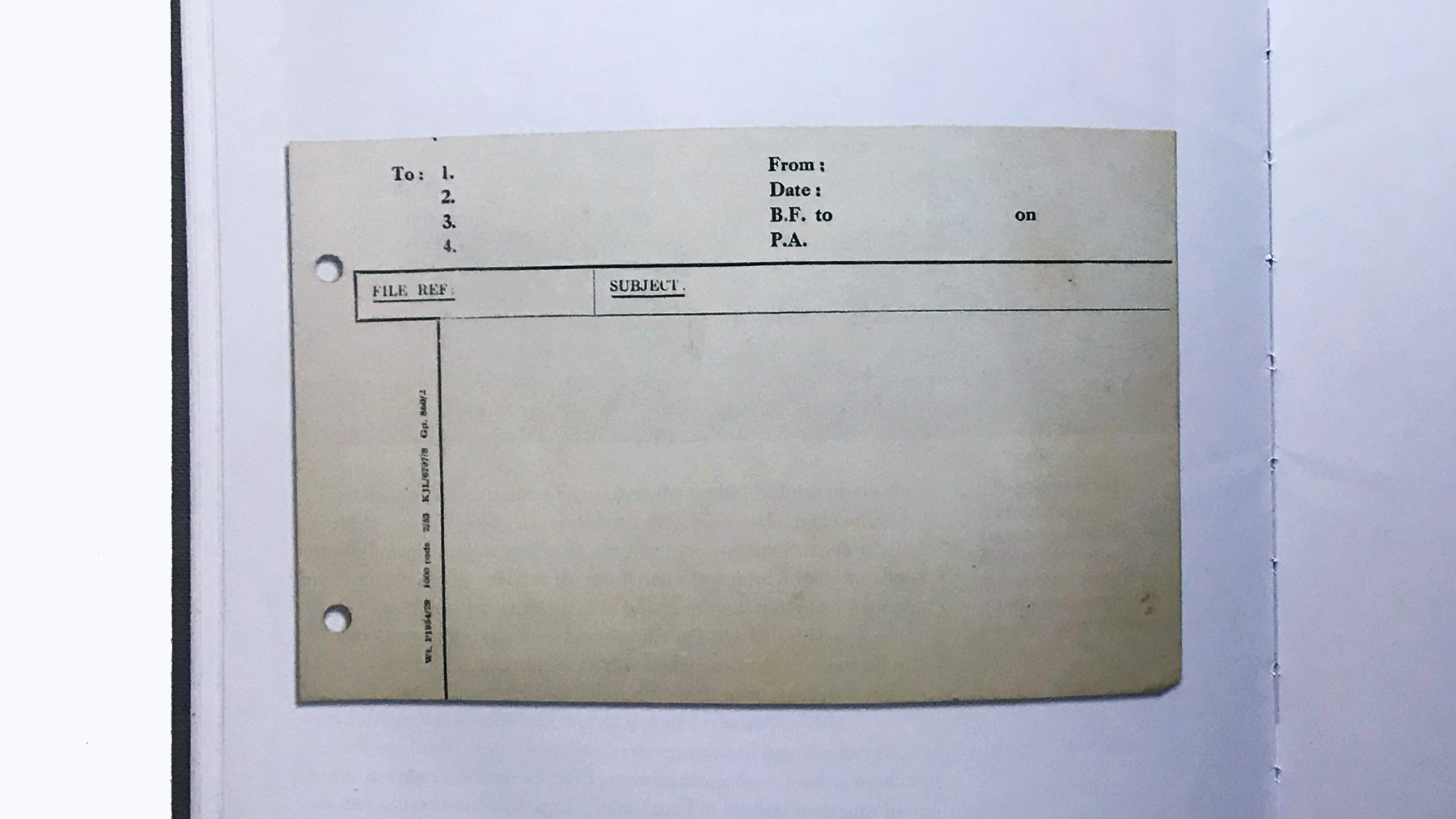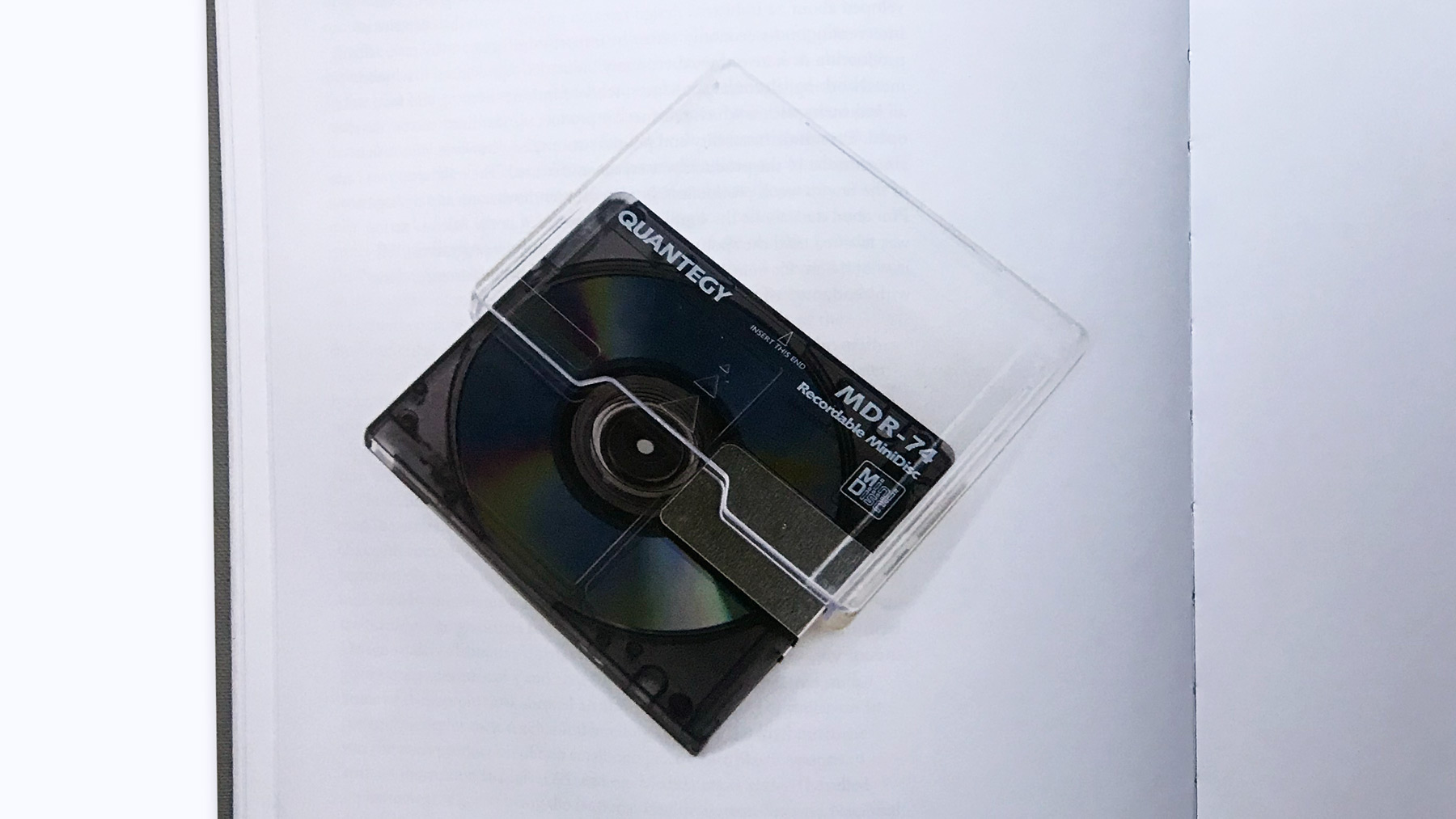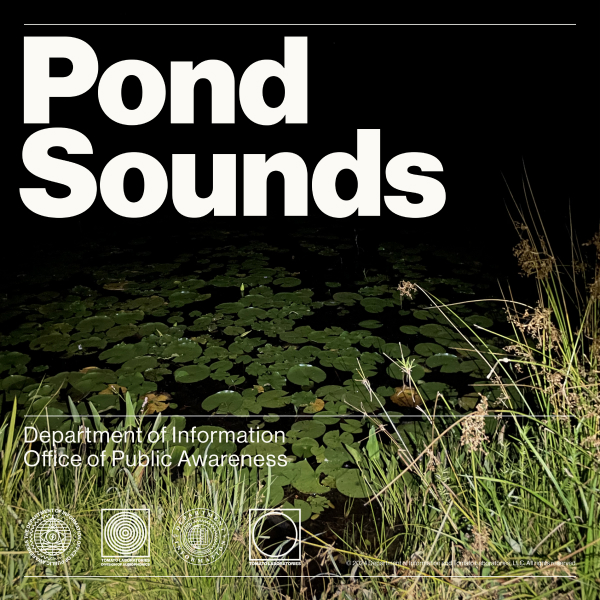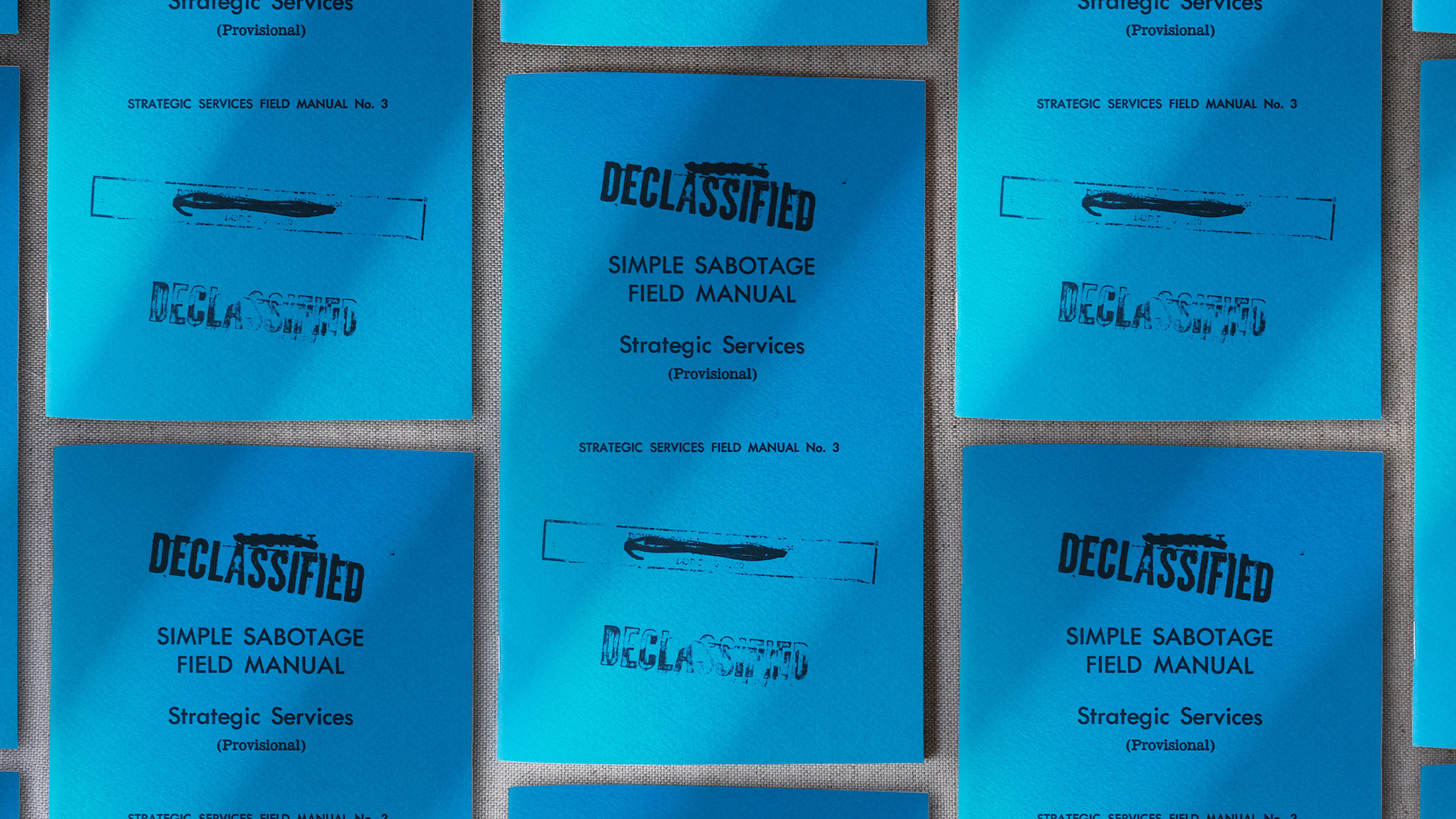While some of the objects in Extinct: A Compendium of Obsolete Objects are actually very much still around, it is true that all of them more fully belong to a now distant period of time that appreciated them more. Advertised by the University of Chicago Press as a “visual tour through futures past via the objects we have replaced, left behind, and forgotten”, the book is a fascinating and curious read. It is host to accounts, conclusions, and warnings from the ghosts of deceased inventions and their often-haunting lives that float on beyond the grave. The authors use natural selection and evolution as an analogy to the birth, death, mutation, and rebirth of designed or ideated objects as they cycle through their usefulness and ultimate obsolescence.

All 85 of the object accounts—each written by a different person with a distinct perspective, story, and voice—sound interesting and are at the very least eccentric and unique. Objects and chapters range from the obscure and questionable like something called a “moon tower” or “arsenic wallpaper” to the more familiar and loved zombies of the now/recent past (not quite dead yet but not really living) like the Polaroid SX-70 or the warm and comforting incandescent lightbulb.

Remember the memo? According to Adrian Forty if you worked in an office before 1990 you should certainly be familiar with it. Forty goes on to explain the basic mechanisms and life cycle of a typical office memo and how it was the precursor to email. The memo would be passed around an office and physically marked as read by recipients. In less hierarchical organizations memos could be carbon copied (with real carbon paper!) and distributed equally amongst intended recipients. And Finally we are hit with the phrase “skeuomorphic anachronism” when Forty explains how this whole system was adopted by modern email as the ‘c.c.’ On the other hand, blind carbon copy (b.c.c.) did not exist in the epoch of the memo apparently—this is a new phenomenon unique to our digital age.

In the 1960’s the writing case was a suitable, even coveted, present for a bookish child who might, one day, aspire to engage in ‘correspondence’
Barry Curtis, excerpt from Extinct: A Compendium of Obsolete Objects

Charles Rice writes about the origins of the famous Clapper device and posits all kinds of wild ideas about how it basically paved the way for the modern day internet-of-things and home-connectedness devices. In its eulogy, Rice reflects somewhat nostalgically about the dumb and joyful object—exhuming the harmless idiot spirits that must have haunted its clappers for years. He preaches: “It comes from a time before the data threshold. It is just an enhanced switch, not a device that gathers and shares information…Do we indeed underestimate the dark side of home automation?”

In another chapter we see writer Tacita Dean recollect her visceral and cerebral experiences with Kodachrome through her early experimentation with the medium. Many of the historians in this volume have deeply personal and often emotional connections with what are now just the bones and ashes of once mighty giants.
I later started using Kodachrome Super 8 film: the perfect short form, like a celluloid haiku, that was a synthesis of time, place, and experience distilled into three minutes evanescent magic.
Tacita Dean, excerpt from Extinct: A Compendium of Obsolete Objects

Walking through the halls of this unnatural history museum awakens our own sense of nostalgia when we remember briefly brushing paths with weird stuff like the MiniDisc, a kind of obvious transition or missing-link in the evolutionary chain of digital media.
…the protagonist in one television advert that aired in Britain in 1997 manages to make the sun go down while his MiniDisc is playing fast-paced techno, suggesting that the thing could give its users special powers.”
Priya Khanchandani, excerpt from Extinct: A Compendium of Obsolete Objects
Extinct is 400 pages, 85 objects and essays, and many more brilliant original and archival photographs and illustrations documenting humankind’s fossilized record of object evolution.
Extinct was edited by Barbara Penner, Adrian Forty, Olivia Horsfall Turner, and Miranda Critchley and published by Reaktion Books and the University of Chicago Press (US distribution). You can buy it at the University of Chicago Press website, from Reaktion Books, or just haggle your local bookshop (while they are still relevant and not extinct!) to order it and stock it.






